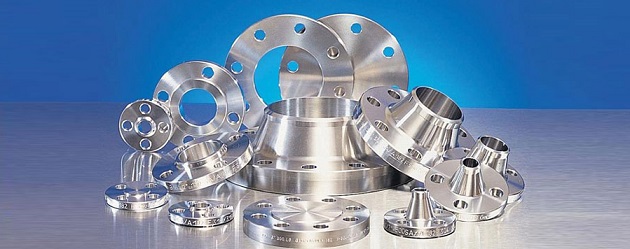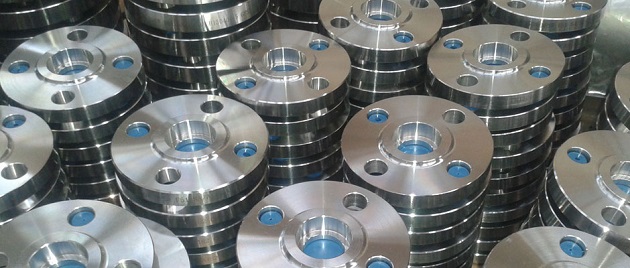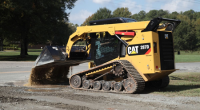Important Factors to Consider When Buying an Aftermarket Exhaust
Many car owners neglect what’s going on under their vehicle in favor of what’s going on under the hood. And while the engine is the heart and soul of every ride, when it comes to performance, the exhaust system is arguably the part of your car that will have the largest impact on how your vehicle performs in terms of power and mileage. Nevertheless, replacing your stock exhaust system with an aftermarket one requires some careful consideration. Most stock exhaust systems are restrictive but there’s plenty of room for improvement left by the manufacturers, simply because they’re looking to cut costs left and right in order to make the vehicle’s pricing more competitive on the market. With that being said, aftermarket performance exhaust systems are one of the biggest money-for-value upgrades you can get for your vehicle.

If you’re interested in buying an aftermarket system, there are many factors you’ll have to consider in order to get the right one. Some of these factors include picking a system that is compatible with your vehicle, the materials the exhaust system is made of, the diameter of the exhaust pipes, as well as whether the system comes with all the necessary accessories like a flange plate, air filter, etc. Another thing that you’ll need to consider is your budget. Depending on how much money you can afford to spend, you may want to replace just a few parts of the exhaust system instead of getting a full replacement.
Aftermarket exhaust systems are categorised depending on how much of your current exhaust system they replace. The three types of aftermarket exhaust systems include header-back, cat-back, and axle-back. As you can see by the name, header-back exhaust systems replace everything from the header to the tip, thus they offer the most benefits in terms of performance and mileage. As a result, header-back systems are the most expensive option out of the three, simply because they consist of more parts and accessories like a flange plate and manifolds. Cat-back exhaust systems replace everything from the catalytic converter to the exhaust tip. These exhaust systems offer moderate performance and mileage benefits at a more affordable price. And lastly, axle-back exhaust systems offer no performance and mileage benefits, only improvement in terms of looks and sound. Axle-back exhaust systems are affordable, and you can easily install them by yourself.

No matter which type of exhaust system you go for, you’ll want a kit that’s made of durable materials like aluminised or stainless steel. Most stock exhaust systems are made using mild steel, which isn’t as durable and resistant as aluminised and stainless steel. Aluminised steel is the more affordable, lightweight option, but it isn’t as durable and rust-resistant as stainless steel. However, due to its lightweight properties, it can improve performance by reducing the overall weight of your vehicle. Stainless steel exhausts, on the other hand, are incredibly strong and will likely outlast your vehicle. Stainless steel exhausts perform great in all types of climate conditions, making them ideal for any application. Aftermarket exhaust system parts are usually all made using the same material in order to retain greater overall integrity. This also goes for the accessories, including the flange plate, nuts, bolts, etc.
Further, you have to consider the diameter of the exhaust pipes the aftermarket exhaust comes in. The diameter of the pipes needs to match the amount of horsepower and engine displacement. Although larger diameter pipes generally look better, if the pipes are too large in size, you’ll lose exhaust velocity which will rob you of power. In the world of exhaust pipes, the diameters specified on the exhaust systems always refer to the pipe’s outer diameter. Additionally, you want exhaust pipes that are bent using mandrel bending as opposed to crush bending.

Stock exhaust pipes are manufactured using crush bending, which is a technique involving a radius die and backing shoes being placed without a supporting mandrel inside the tube. Although this results in functional bends, the diameter of the pipes is compromised and there’s a slight depression on the inside of the bend. On the other hand, mandrel bending is a pipe manufacturing technique that provides a smoother and virtually uninterrupted product that’s completely free of creases and kinks. A mandrel is placed inside the pipe to support the inner walls of the pipe as the pipe is being swept through the die and backing shoes, which leaves the pipe free of profile and diameter changes.
That being said, buying a brand new aftermarket exhaust system can be one of the best long-term investments you make for your vehicle that can transform it into a raging beast on the road. Not only can it improve its performance and mileage, but also its appearance and sound. Aftermarket exhaust systems are usually made to fit a specific model, make and year of vehicle to ensure a proper, snug fit. However, there are some universal models that can fit multiple vehicles, but those generally require some modification to be performed on the vehicle in order to fit them in.



